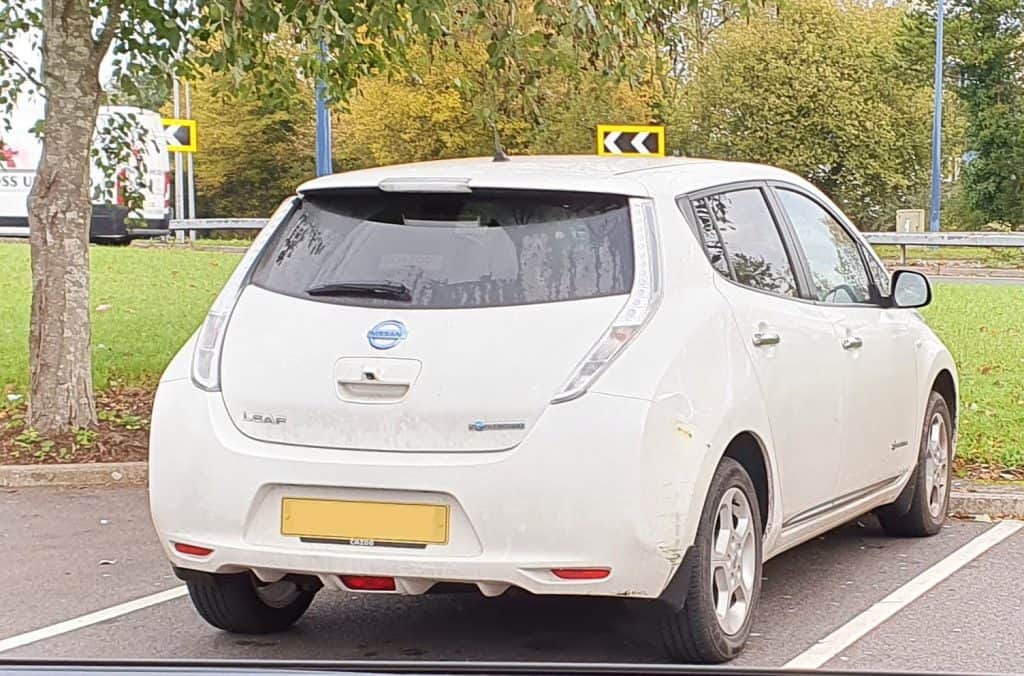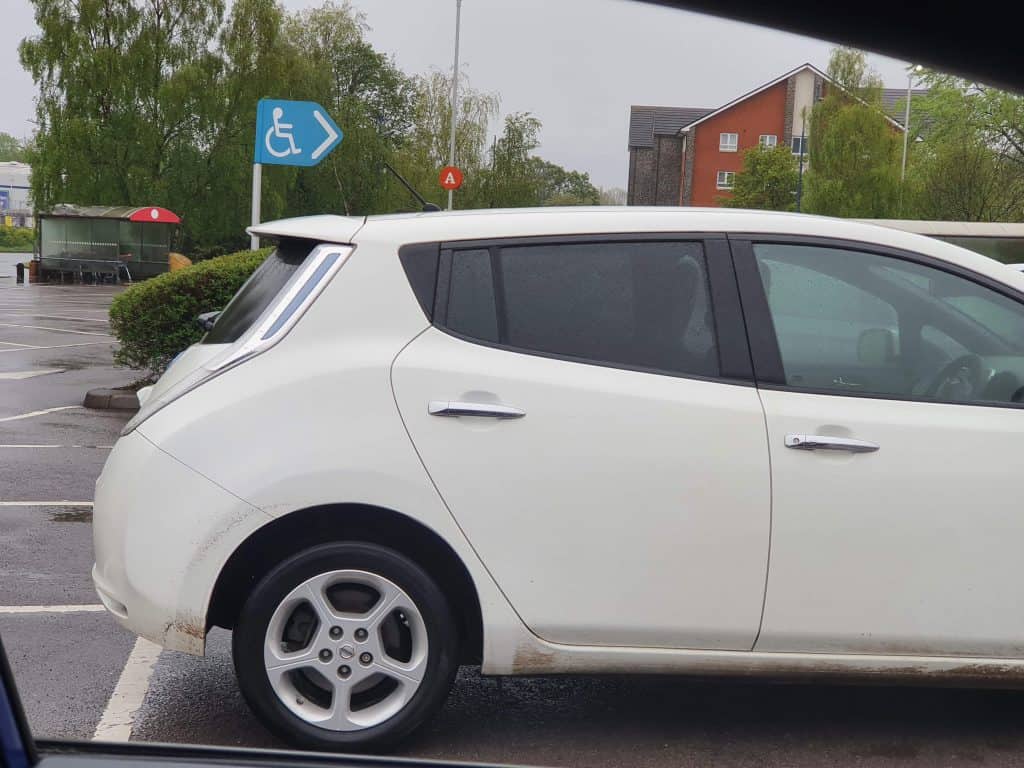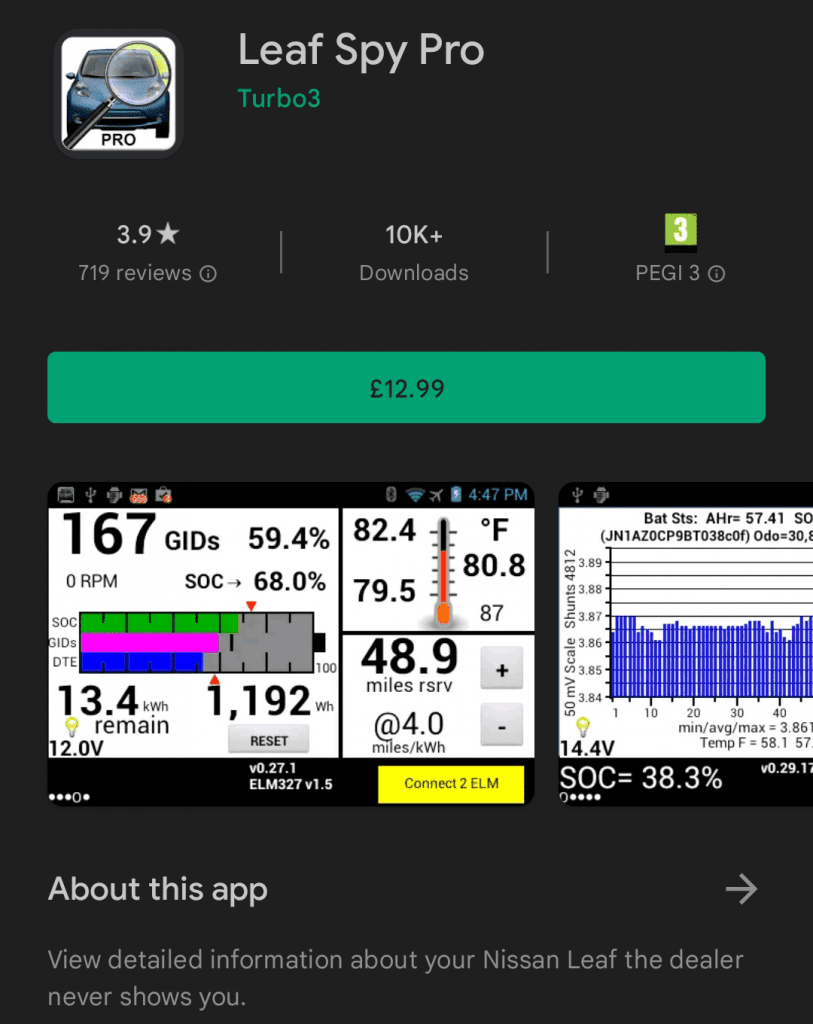Some Nissan Leaf drivers have recently been complaining about an interesting problem they’re having with the car. The interesting part is that they’re unhappy about something the car is doing that it is supposed to do. Nothing is broken or defective, and for some, that’s the issue. What we’re talking about here is a key safety feature, known as the Vehicle Sound for Pedestrians, or VSP for short.
But what exactly is the VSP? Why are some Nissan Leaf drivers so unhappy about it? These questions and more we are going to try and answer in today’s blog.
What is Nissan Leaf’s “Vehicle Sound for Pedestrians” (VSP)?

The Vehicle Sound for Pedestrians (VSP) is Nissan’s answer to a 2011-2012 call from the NHTSA in the US — as well as other governments around the world — for EVs and hybrids to have a system that would emit noises when they traveling at slow speeds and thus making far less noise than a typical internal combustion engine (ICE) car.
Nissan’s VSP system kicks in when the car is traveling under 16-mph (25-km/h), and switches itself off when the car reaches 18.6-mph (30-km/h). The noise itself is a sweeping sine-wave that shifts from 2.5-kHz down to 600-Hz, which apparently allows for audio range across all age groups. The sound is intermittent when reversing, and continuous when moving forward at low speeds. The below YouTube video from MyElectricEarth covers this sound in good detail:
The Nissan VSP has an interesting development history since its first introduction. Its earliest models were criticized by the National Federation of the Blind, who were unhappy that drivers were able to turn the feature off. They also claimed that the forward-moving and reverse sounds should be made the same since they claimed the forward-moving one was easier to hear because it was a continuous sound.
Why Do People Want to Deactivate It?

Let’s start by thinking about the main reasons people have for wanting to deactivate the sound in the first place. To some, the desire to remove a key safety feature might seem a little rash and poorly thought out, but for others the reasoning is as clear as day.
It’s An Annoying Noise
The chief complaint is that the noise is quite irritating, even though it’s specifically only to warn pedestrians and cyclists, and not to distract the driver. However, should one be driving with the windows down, then one could see why the noise could be irritating. Finally, others also point out that in an urban setting where there are high levels of background traffic noise, as well as the fact that many EVs are driven in cities, means that such a noise would just create a cacophony that would be impossible for anyone to benefit from.
If there were 20 EVs rolling down the road at slow speeds all making different noises, you’d know cars were coming, sure, but you’d also be somewhat perturbed and confused by all the competing sounds.
It Disturbs the Neighbors
Many complain not because they don’t like the sound personally, but that they get strange looks and complaints from neighbors when they are reversing from their driveways or parking spaces, or slowing down in traffic. If you imagine someone leaving their home at 6:00am in an otherwise whisper-quiet neighborhood, you can see why people wouldn’t like some sweeping intermittent noise cutting through the air.
This very problem was actually quite a headache for Nissan in the UK, where the feature had to be removed after drivers lost the power to turn it off. The reason? There is a law in the UK that says hazard warning sounds have to have the capability of being disabled between 11:00pm and 6:00am. That wasn’t possible on these models, so it was removed until 2014 when a new control allowed the VSP to be disabled until the next ignition cycle.
It’s of Little Practical Use
Other critics point to the fact that so many people — especially kids and young people — now walk around with headphones in that render the alert quite useless. They also point out that cars in general have become much quieter, so singling out EVs and hybrids seems strange.
How Can Nissan Leaf VSP Be Deactivated?
Nissan was the first OEM to make public the sounds that it had chosen for its VSP system, and they were first installed on the 2011 Nissan Fuga Hybrid, and on the first-generation Nissan Leaf cars.
The pre-2012 models have a very curious feature, a switch within the driver’s reach that would temporarily deactivate the VSP until the next time the car was activated. However, this control was removed in 2012 as Nissan anticipated the arrival of the NHTSA’s final ruling, which actually didn’t come until many years later.
Broadly speaking, for newer Nissan Leaf models, there are two main methods that have been shown to effectively remove the reversing sound on a Nissan Leaf, both of which we’ll discuss below:
LeafSpy Pro App

The first way that has been discussed is through the use of the LeafSpy Pro app. This app is a popular alternative to Nissan’s own NissanConnect EV service, which for years people have complained was notoriously unreliable, unable to connect properly, and not functioning as it should. People thus turned to third-party alternatives as a way to get more results. LeafSpy was one of the most successful third-party solutions.
It seems that within the LeafSpy Pro version of the app, you can find a VSP settings menus, in which you can adjust a number of the vehicle’s low-speed sounds, including the reversing sound.
However, some have reported that it doesn’t work on every model type, especially the newer models from 2021 onwards. It seems that while some have been able to use the app to deactivate the low-speed sound, they have not been able to do the same with the reverse sound.
So, if you already have LeafSpy Pro, or are looking for a good alternative to the NissanConnect app anyway, then you might find everything you’re looking for in that app, but don’t count on any guarantee that it will be able to deactivate the reversing sound.
Physical Disconnection
One very disgruntled YouTuber made a video about how he successfully removed the VSP sounds by physically disconnecting the cables that controlled them.
Warning: do not try this yourself – we are including the video for education purposes only; see the section below about potential legal problems from disconnecting this system.
In the video, he demonstrates with footage that there are two visible cables at the front of the car that are accessible by hand. If you look through the front slots, you should see on the left and right there are matching connectors, they actually look a bit like regular household plugs.
He reaches in one by one to disconnect them, and claims that this now renders the noise unworkable, and his car runs just as quietly as he was hoping.
Is It Legal to Deactivate VSP?
While the subject has clearly been a popular one discussed by some Leaf owners, many more owners are coming out against the idea, reminding them that it actually might be against the law to do so.
The start of exploratory committees and government investigations into the concept of sound-level problems in plug-in electric and hybrid cars was back in 2009. At that time, the governments of Japan, the US, and the EU were looking into the idea since it was postulated that both pedestrians and cyclists were at high risk when EVs were driving at very low speeds.
In short, EVs are simply too quiet at low speeds — usually defined as being under 12-mph or 20-km/h — and this presents an obvious risk to pedestrians and cyclists who rely on being able to hear traffic in order to judge the safety of crossing a road, junction, or even walking in front of an open gate at a private home from which could emerge a reversing car.
US Rules
The first piece of legislation passed was the Pedestrian Safety Enhancement Act of 2010, which required the US Department of Transportation to establish a safety standard for an alert sound level that:
allows blind and other pedestrians to reasonably detect a nearby electric or hybrid vehicle,
S. 841, 111th Congress, 2010
The rule was published by the National Highway Traffic Safety Administration (NHTSA) in 2013 and required:
- Hybrids and electric vehicles traveling less than 18.6-mph (30-km/h) had to emit warning sounds that pedestrians must be able to hear over background noises.
This published rule was supported by the Association of Global Automakers, and the Alliance of Automobile Manufacturers. Despite this, the rule was delayed until February 2018, with full compliance with the rule kicking in from September 2020 for all vehicles, and a requirement that half of all “quiet” vehicles have the feature by September 2019.
So, given that we are now in 2022 at the time of writing, it is clear that the VSP is a legal requirement, and therefore should not be deactivated. If you were spotted by law enforcement without the VSP working, then you could land yourself in trouble with the police, but there are further concerns we will discuss in the next section.
Reasons Not to Deactivate Nissan Leaf VSP
If you are thinking about doing this, and you have reason enough to understand that wherever you live does not require it by law, there are still some quite compelling reasons not to do it:
Pedestrian Safety

As irritating as these noises might be, they are instrumental in saving lives. The problem of EVs becoming too quiet is not a false one. For every generation of car ownership up to the modern day, we’ve promoted a road safety principle of “look AND listen,” because the sounds of traffic coming towards you were just as important as visual signals.
Litigation
Should you deactivate your VSP and then an accident happen, you could get into even more trouble since there are requirements that you have it switched on. An accident where the sound was working could be put down to negligence on the part of the pedestrian or cyclist who got hurt, but when the sound is deliberately deactivated, we’re looking at criminal negligence.
Insurance
Many insurance providers now require that VSP be working properly at all times. Any claim that is made where VSP was found to have been deactivated, or had broken and wasn’t serviced, would result in a rejection from the insurance company.

I’m all for having a backup sound for the safety of pedestrians, but having it so loud and obnoxious that it wakes up the entire household and the neighbors is ridiculous. I had a 1st gen Leaf, and I thought that was louder than necessary, but the 2nd generation Leaf backup sound is outrageous.